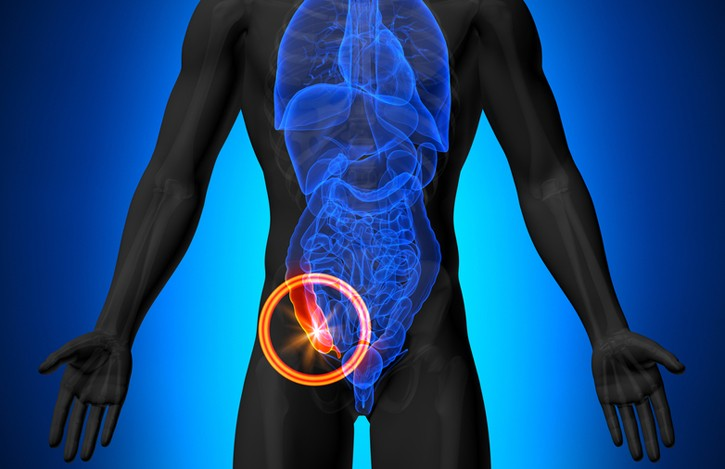The Nature of Vestigial Organs

Introduction
Vestigial organs are remnants of anatomical structures that had a functional role in the organism’s ancestors. Over the course of evolutionary history, these structures have undergone significant changes, often resulting in a reduction or complete loss of their original function. Despite their diminished role, vestigial organs persist in the organism’s body, in a reduced or altered form, providing insight into the evolutionary past of a species, illustrating the changes that
have occurred over millions of years. Vestigial organs are examples of how evolutionary pressures can lead to the modification of certain biological features that were once essential for survival in different past environments. With
that being said, let’s take a look at some examples.
Example 1: Ear muscles

Example 1: Ear Muscles
The auricular muscles present in the human ear are known to be vestigial remnants from our ancestors and it is thought that our ancestors could move their ears independently to better detect sound.
Back in the day, our ancestors were pretty much living in the wild, containing many dangers, such as lions, tigers, snakes, and much much more. This trait was needed so they could better protect themselves by being able to detect nearby
predators. However, over time, as our ancestors developed and moved away from the dangers of the wild, they didn’t need this trait anymore, leaving it to fizzle out due to it remaining unused.
This vestigial trait is evident in people still being able to wiggle their ears, although not to the extent of our ancestors, but there really is no use to do that anymore.
Example 2: Coccyx (Tailbone)

The Coccyx is the last bone at the base of our spines and is a remnant of a tail that was more prominent in our evolutionary ancestors. It is thought to provide balance, support, and mobility.
Our ancestors most likely used their tails for balance and stability in the wild due to the rough and unpredictable terrain. Tails also provide defence against predators in the wild and most likely used them for attacking their enemies
by swatting their tails.
Example 3: The Appendix

This is probably the most common example of a vestigial organ. The appendix is a small tubular organ located at the junction of the small intestine and large intestine in the lower right abdomen. It is thought that the appendix was useful for aiding the digestion of cellulose-rich plant material.
As our ancestors evolved and adopted a less plant-rich diet and began to eat more meat, the function of the appendix basically diminished as it became less vital to bodily functions and survival. The evidence that the appendix is really a vestigial trait, many herbivorous animals like rabbits contain a functioning appendix, as they still need to be able to take advantage of its function.
Example 4: Body hair (ambiguous)

Body hair is not really something we consider to be vestigial. After all, we still have it. For our ancestors, body hair played a crucial role in insulation when they hadn’t invented clothes yet. As our ancestors evolved, and we began to make clothes and were able to make fires and build shelter, the need for thick and dense body hair pretty much diminished. As shown in the image above, our body hair used to be much more dense and enveloping. It is also thought in our ancestors that body hair served as protection from parasites, sunburn, and physical abrasion. But then again, as we made clothes and built shelter, this function also diminished.
Interestingly, the reflex which causes us to have goosebumps, where tiny muscles at the base of our hair follicles contract to make our hair stand up, is a remnant of
when our ancestors had thicker body hair. But in the modern day, the goosebump mechanism no longer serves its original purpose of increasing insulation or appearing larger to predators.
Comparative anatomy
Comparative anatomy is basically the study of the similarities and differences in the anatomical structures of different organisms. Let’s look at a few examples.


The first example here is Ostrich wings. Ostriches are descendants of flying birds, as shown by the branches in the first image above. Over time, ostriches developed a terrestrial lifestyle as they evolved to become larger, fast- running birds that were able to fend off predators.
This caused their need for flight to be diminished, leading to gradual reduction and eventually complete loss of flight, leaving the wings to become a vestigial organ.


The second example here is the whale pelvic bones. Whales are descendants of land dwelling mammals. These early ancestors had fully functional hind limbs and pelvic bones for walking around land.
As this ancestor began to move to the oceans and adopted an aquatic lifestyle, the need for these hind limbs and pelvic bones decreased, leading to the reduction in size of these structures over time and eventually the complete loss in function of this structure, becoming a vestigial organ.
As shown in the first image above, the pelvic bones present in whales now have evolved from the limbs of land dwelling mammals and in the second image, the vestigial pelvis can be seen in a reduced form in the whale.
Conclusion
Many of us don’t even realise that we and many other living organisms are carrying vestigial traits within us, evolved from thousands of generations. It is truly a fascinating concept.